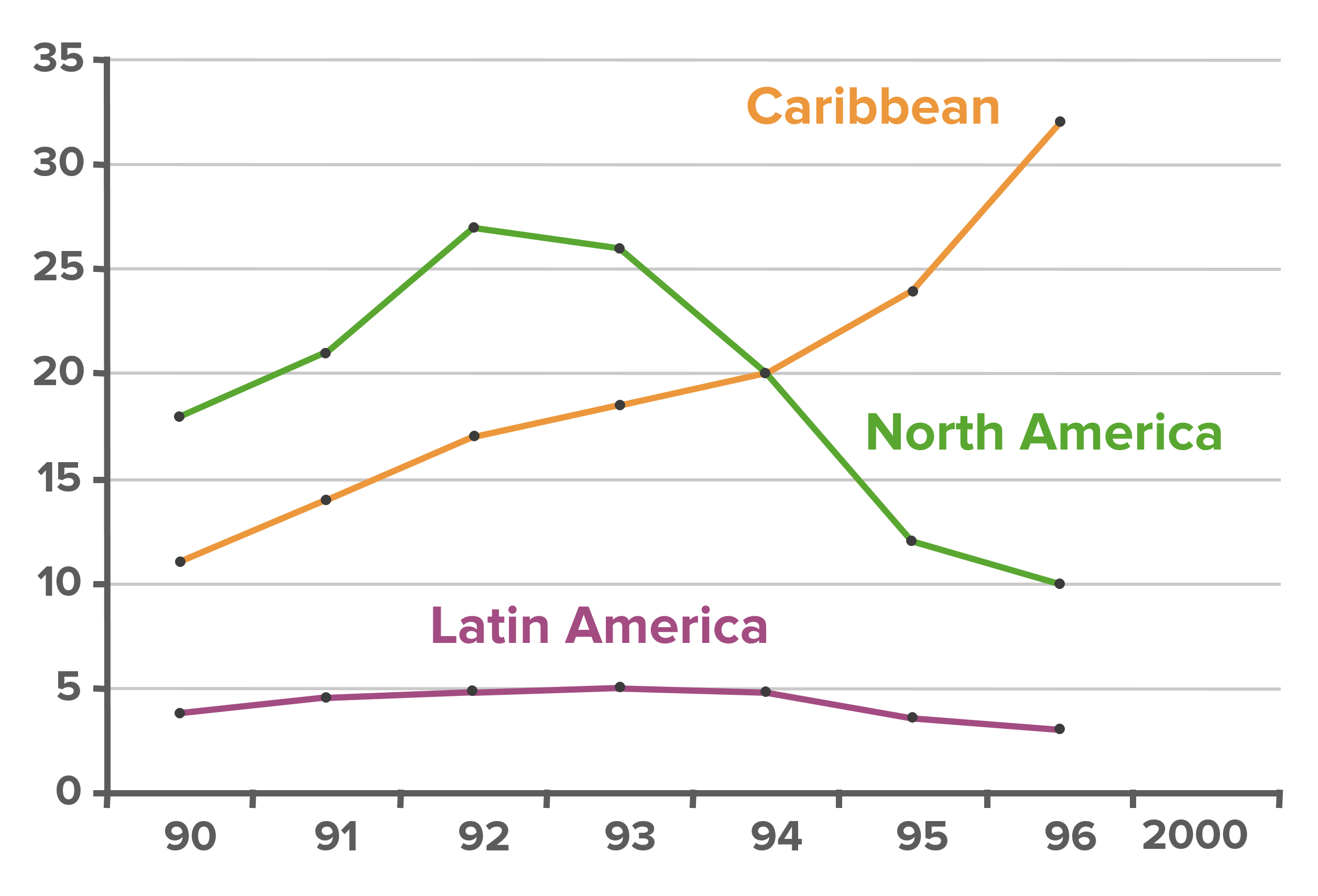Playlist
Show Playlist
Hide Playlist
Berkson Bias
-
Slides 04 CausationBiasIdeaSelection Epidemiology.pdf
-
Reference List Epidemiology and Biostatistics.pdf
-
Download Lecture Overview
00:02 So another kind of bias that I want to talk about is called Berkson's bias and this one is a little confusing, so bear with me and think deeply about what the problem really is here. 00:11 So Berkson's bias, sometimes called Berkson's paradox or Berkson's fallacy, and ultimately it talks about the problem of having a study population in a clinical environment, in a hospital and how people in a hospital are a little bit different from people not in the hospital. It's named for a 1946 paper by Berkson, and the definition of Berkson's bias is that, 'the set of selective factors that lead hospital cases and controls in a case-control study are systematically different from one another', okay what does that mean? I want to walk you through a pedantic ordinary example. Let's say we have a stamp collector and that stamp collector has 1000 stamps. And among those thousand stamps, he has 100 that are quite rare and 300 that maybe are quite attractive, they are pretty. That leaves 600 that don't qualify as either pretty or rare. However, 30 of them are both pretty and rare, he's particularly proud of those stamps. So, what percentage of all the stamps are rare? Well out of 1000, 100 are rare, that's 10%. What percentage of all the pretty stamps are rare? Out of the 300, 30 are, that's also 10%. What does that tell us about any relationship between prettiness and rarity? Nothing, there is no relationship between prettiness and rarity in this sample of 1000 stamps. However, let's say the stamp collector decides to go to a stamp show or convention of some kind and he takes 50 stamps to show off. Amongst those 50, he brings the 30 that he's most proud of, the ones that are pretty and rare. Now 30 out of those 50 that he brought is 60%, that's an enormous number. So based upon that sample of 50 stamps, you might conclude that, oh there is a great relationship between prettiness and rareness and you'd be probably wise in doing so, because based upon the information in front of you, well it seems that all rare stands are good-looking. What does this mean, what does this mean for clinical research? So what do stamps have to do with epidemiology? Well in the same way that that selection of 50 stamps gave an artificial sense that there is a relationship between prettiness and rarity, in a hospital environment where we're selecting certain kinds of patients to be in a clinical environment, you can have an artificial relationship between different diseases. That's because people in a hospital tend to be comorbid. They tend to have more than one condition and we might conclude erroneously that these diseases have something in common with each other. That's not necessarily the case. That's Berkson's bias.
About the Lecture
The lecture Berkson Bias by Raywat Deonandan, PhD is from the course Statistical Biases.
Included Quiz Questions
In a case-control study of the relationship between dietary intake of fruits and vegetables and the risk of developing hypertension, the control subjects are samples from participants at a health fair. What bias or error is likely to result?
- Berkson’s bias
- Information bias
- Protopathic bias
- Non-response bias
- Detection bias
Customer reviews
5,0 of 5 stars
| 5 Stars |
|
5 |
| 4 Stars |
|
0 |
| 3 Stars |
|
0 |
| 2 Stars |
|
0 |
| 1 Star |
|
0 |




